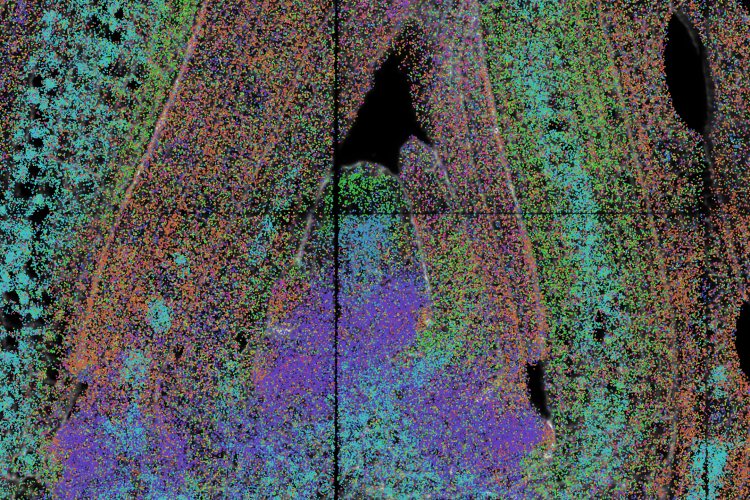There is a time and place for everything, also for plant growth regulation
Growth processes are coordinated across plant development, but our research also revealed another temporal dimension, namely the duration at which cell division activity is maintained, as a major factor impacting the plant’s ability to cope with changes in the environment.
Two major processes determine leaf size, namely the maximal growth rate and the duration of the growth period. When we applied a mild drought stress, we noticed that the reduced growth rate was compensated by a prolonged duration of growth, suggesting that the two processes were negatively correlated under drought. Our data show that plants have a predefined ideal leaf length and that they have several subsequent mechanisms to achieve optimal leaf growth under limiting conditions: When cell division is still active, the cell cycle rate is stimulated to fully restore growth, but when the cell division window is closed, the final attempt to partially restore growth is through stimulation of cell expansion. Our findings illustrate the ingenious mechanisms that plants developed to cope with changing environmental conditions and will strengthen our attempts to stabilize crop yield in a changing climate.
Remarkably, the molecular players involved in the regulation of the duration of cell division activity are also under spatial control because they are expressed in certain cell types in the maize shoot apical meristem, called transit amplifying cells (TACs). Similar to animal TACs, genetic and spatial transcriptomics studies show that plant TACs integrate signals from both stem cells and differentiating cells. Extending the expression of TAC marker genes into neighboring cells results in improved biomass and seed yield while constitutive overexpression results in pleiotropic and negative effects, advocating for more finetuned network engineering. We use spatial -omic approaches to expand and further understand the topology of the network and formulate cell type-specific modulations to achieve better growth. We combine the information on the spatiotemporal regulation of the growth processes to achieve finetuned network modulation through multiplex genome editing approaches in collaboration with the Innovative Breeding team.

